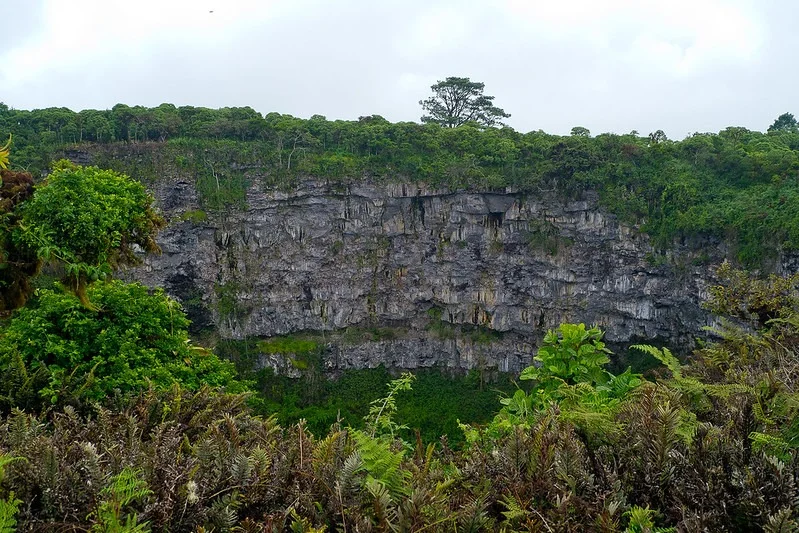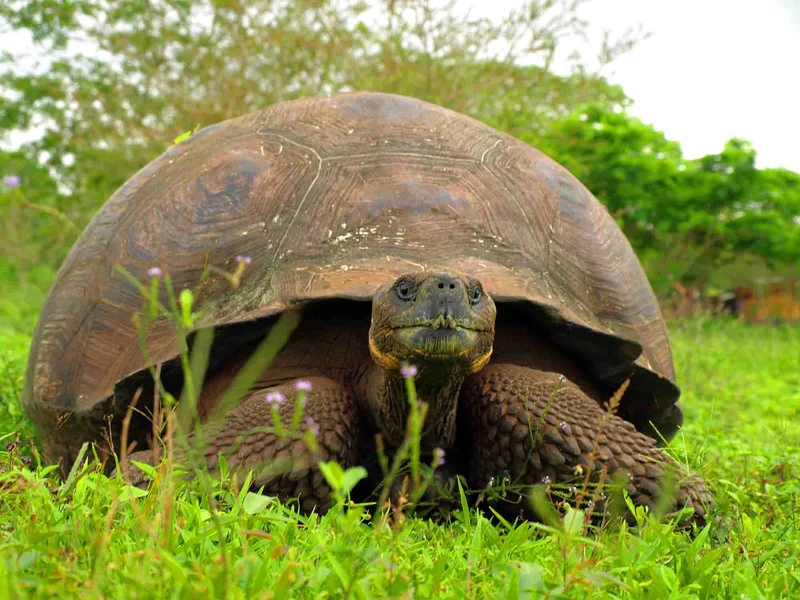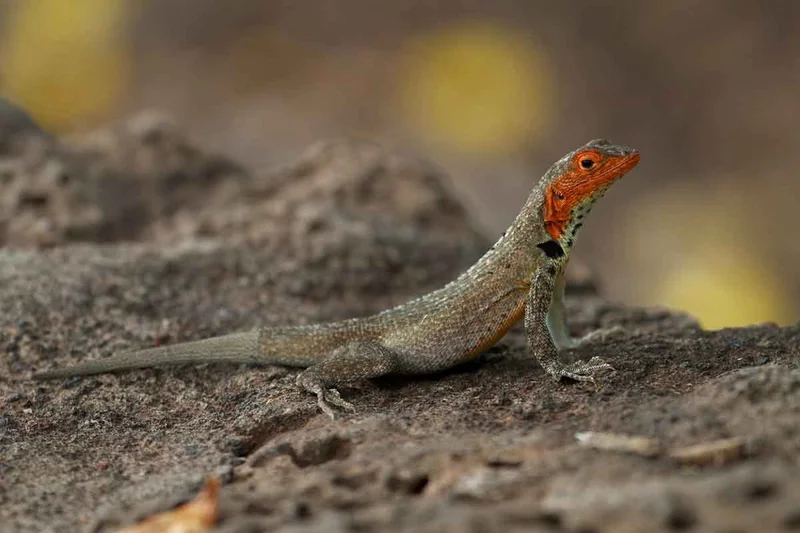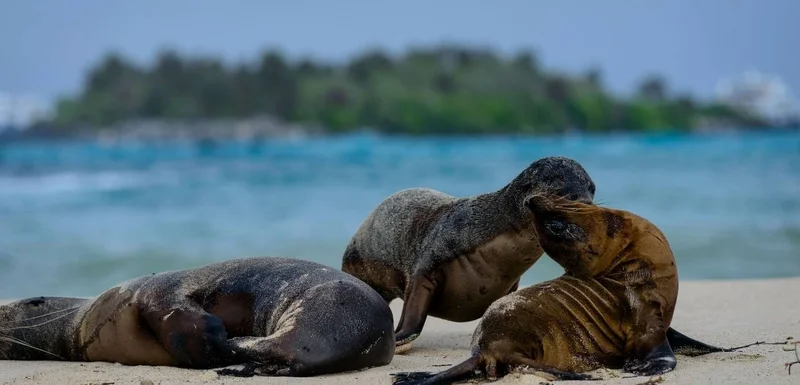
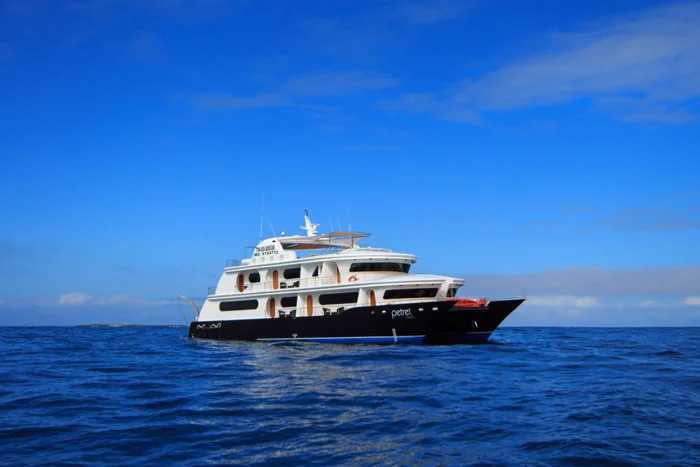
8 Day Galapagos Itinerary
Day 1: Baltra Island & North Seymour Island
North Seymour Island
North Seymour Island was named after English nobleman Lord Hugh Seymour. Formed by uplifted submarine lava, the island is home to a huge colony of about 2,500 land iguanas and large populations of sea lions, blue-footed boobies, common noddies and frigatebirds. Along the coast it is possible to see land and marine iguanas and the biggest colony of Magnificent Frigatebirds.
Day 2: Isabela Island: Vicente Roca Point & Fernandina Island: Espinoza Point
Isabela Island is the largest of all the Galapagos Islands, about 120 km long, and is peculiarly shaped like a sea-horse! It is one of the few islands that are populated. The last census that was taken estimated about 2,200 people living on the Southern part of the Island. The island was formed by 6 different shield volcanoes from North to South that erupted continuously, eventually joining together to form on entire land mass. Of all the islands in the archipelago, Isabela is the most active with the latest eruption coming from Wolf Volcano in May of 2015. There are lots of unique wildlife on Isabela such as the pink iguana, and more wild tortoises than any other island with a different type of species near each of the 6 volcanoes.
Isabela Island: Vicente Roca Point
On Vicente Roca Point the geological formations are simply outstanding and it is a great place to view various bird species such as blue-footed boobies, Nazca boobies, gulls, storm petrels, and brown noddy terns. Activities here are all done on the water by either dinghy or panga, or snorkeling. On this western part of the island the Cromwell Current provides cold water and many nutrients. Due to this it is possible to see various feeding frenzies of an assortment of animals such as whales, dolphins, sea lions, and marine birds diving. At times it may also be likely to see fur seals.
Fernandina Island: Espinoza Point
In Fernandina Island, no foreign species have ever invaded it and therefore it is one of the world’s most pristine island ecosystems. It is one of the most active islands and is the westernmost island in the archipelago. The volcano “La Cumbre” dominates the landscape with lava fields reaching the ocean. The Cromwell Current also flows on the west making the cold and nutrient-rich water an ideal habitat for the Galapagos Penguin and Flightless Cormorant that nests here.
Day 3: Isabela Island: Tagus Cove & Urbina Bay
Tagus Cove
Tagus Cove is located on the upper west part of the island and was named after and English war ship that used to pass the islands in the 1800’s. This was a famous spot for many pirates and sailors who have even left their names and the names of the ship inscribed on volcanic rock. There are many different characteristics of the island here from various volcanic activities such as large volcanic rocks or small little balls of petrified rain. On the hike the path leads to Darwin Lake with a tuff cone.
Urbina Bay
A bit more south of Tagus Cove is Urbina Bay. Urbina Bay is an interesting site due to the uplifts of the island caused by volcanic and tectonic activity. When it rose, so did the corals and reefs that were under the surface. You can still see them although they are beginning to deteriorate due to air exposure. There are chances of seeing giant tortoises, land iguanas, and more flightless cormorants near the coast.
Day 4: Isabela Island: Elizabeth Bay & Moreno Point
Elizabeth Bay
A visitor site on the way down to the southern parts of Isabela Island is Elizabeth Bay. There are a series of islets, a lagoon and mangroves surrounding it. The mangroves provide a great place to observe many birds and at the lagoon, it is possible to see sea turtles resting and feeding.
Moreno Point
On the South Western point of Isabela Island is Moreno Point. With striking black geological features, it is home to endemic species known only to the barren lava flows found here. Various activities are possible such as a hike, a panga ride to better see various seabirds, geological features, and snorkeling to view the vibrant underwater life.
Day 5: Isabela Island: Sierra Negra Volcano, Wetlands & Breeding Center
Sierra Negra Volcano
Sierra Negra has two volcanoes located in the South of the Island and they are two of the oldest of all Isabela’s volcanoes. A hike will show different types of vegetation and geological zones and possibly inside the caldera where petrified lava is present. Volcano Chico is easier to reach and recent lava flows from the 70’s can even be walked on.
Breeding Center
Isabela Breeding Center is named after Arnaldo Tupiza. It is another area where Galapagos Tortoises are bred in order to later be released into the wild.
Day 6: Santa Cruz Island: Charles Darwin Station & Twin Craters
Nowadays Santa Cruz is one of the most popular tourist sites. With a population of about 12,000 Galapagos natives, it has the longest paved road in the entire archipelago. One of the biggest conservation efforts is to eliminate all non-native plants and animals that are destroying native and endemic species on the island. There is no longer any volcanic activity but that does not mean there is no evidence. Santa Cruz means holy cross, but it’s English name comes from the British vessel – Indefatigable.
Charles Darwin Station
Charles Darwin Research Station conducts many different research projects and provides assistance to other researchers and governmental institutions and agencies, especially the Galapagos National Park. Many of the results are later published online, in magazines, and popular scientific journals. The research station also plays a big part in educating the community and public schools in Galapagos. There is also the longtime running Giant Tortoise restoration program that includes various stages of the giant tortoise from eggs, hatchlings and adults.
Your cruise has officially come to an end. We hope you enjoyed your Galapagos Cruise! We will now transfer you to your scheduled departure from Baltra Airport to mainland Ecuador. Safe travels!
Twin Craters
The Twin Craters or Gemelos, meaning twins in Spanish, are two caved in magma chambers of a previous volcano. After years of erosion and extinction, the once full chambers caved in leaving two similar craters that can be seen on a short hike that passes by a Scalesia forest.
Day 7: South Plaza Island & Santa Fe Island
South Plaza Island
South Plaza is one of the smallest islands with a visitor site, but is home to an incredible amount of diverse flora and fauna It has a large population of Sesuvium plants like the prickly pear cactus tree that is an important source of food for the land iguana. Just a few years ago mice were finally eradicated from the island, helping the population of land iguanas grow healthily once more.
Santa Fe Island
Santa Fe Island is home to the unique Santa Fe land iguana and is the only place to find Opuntia cactus. Giant tortoises were once native to this island but after the many years of pirates and buccaneers visiting the island and taking the tortoises aboard as food, they became extinct. The Island is also called Barrington Island, named after British Admiral Samuel Barrington. Large numbers of sea lions can be found on the landing beach and Galapagos hawks can also sometimes be seen.
Day 8: San Cristobal Island: Lobos Island & Departure
Lobos Island is an islet about an hour away from San Cristobal. Blue-footed boobies will nest here seasonally. In recent years frigate birds have begun to nest here. Sea lions are abundant, as well as marine iguanas. It is a very calm and tranquil site with beautiful views, including Kicker Rock off in the distance.
Your cruise has officially come to an end. We hope you enjoyed your Galapagos Cruise! We will now transfer you to your scheduled departure from San Cristobal Airport to mainland Ecuador. Safe travels!
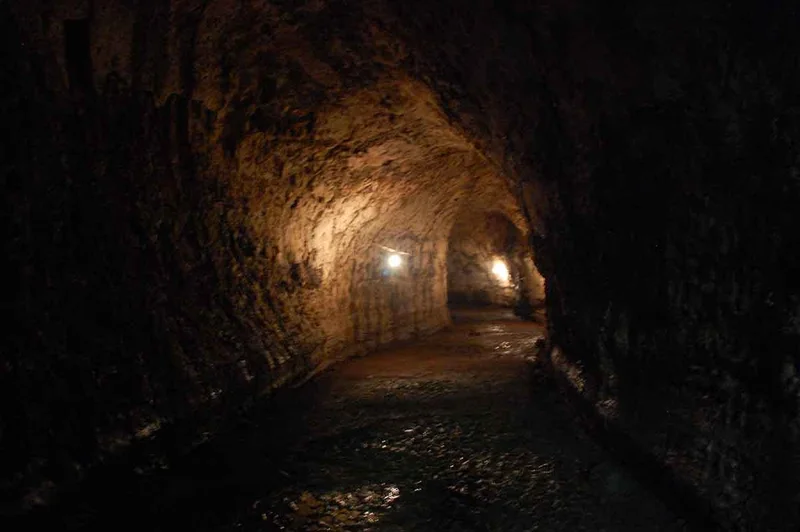
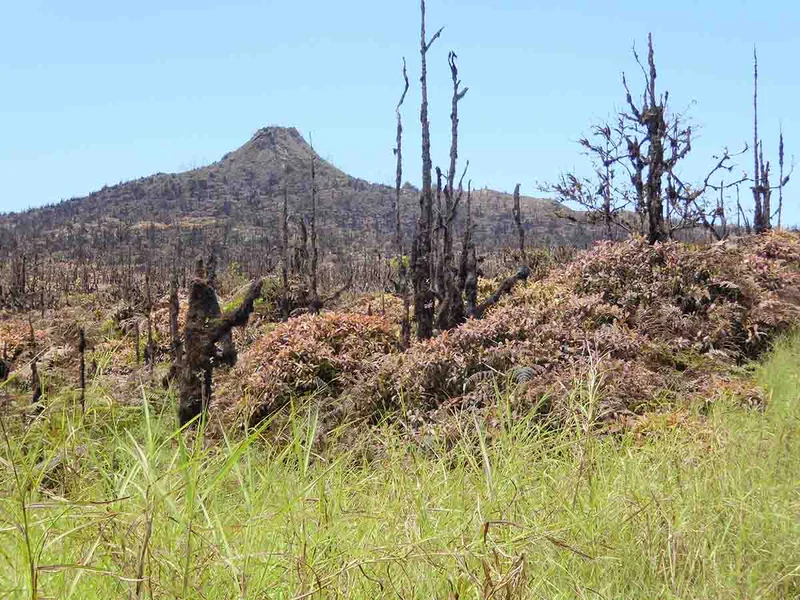
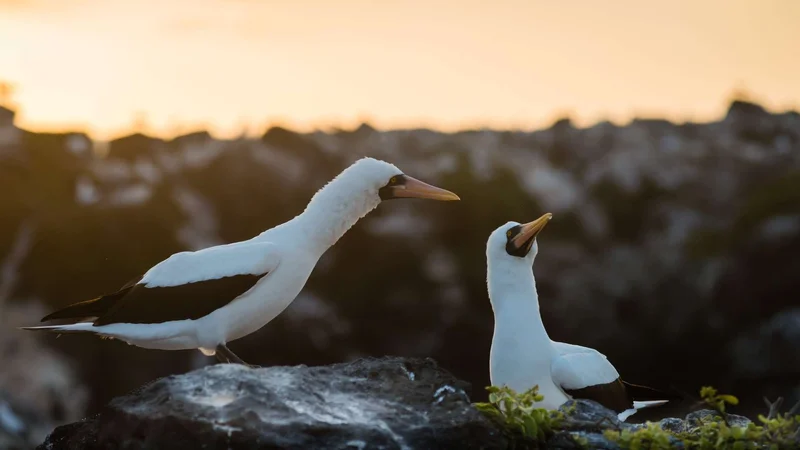
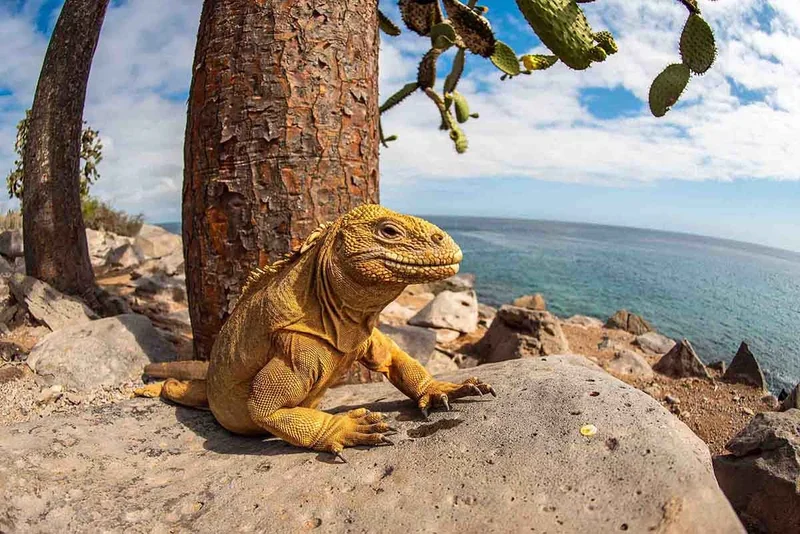
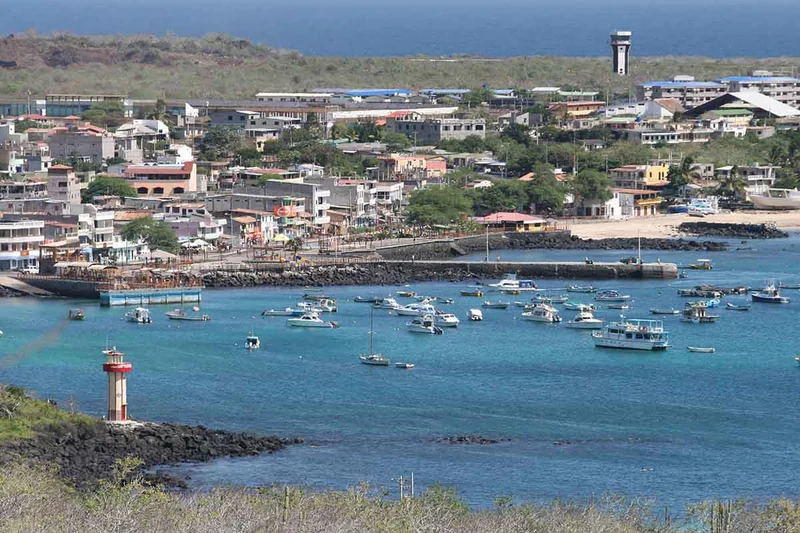
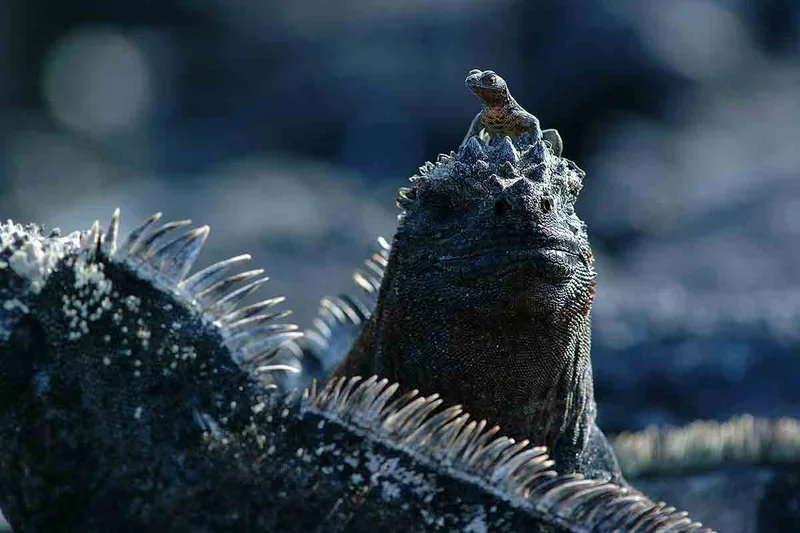
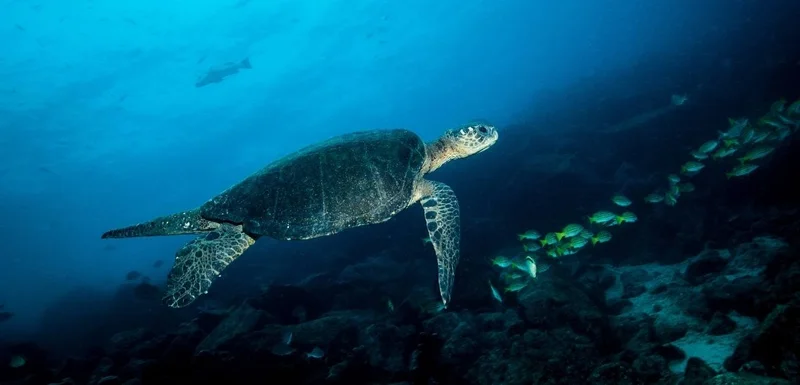
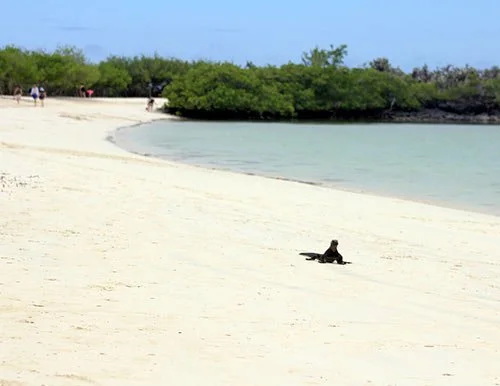
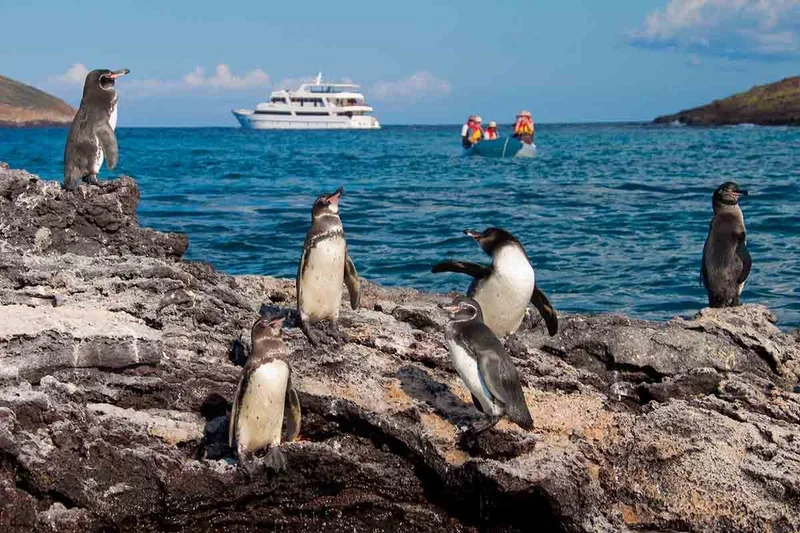
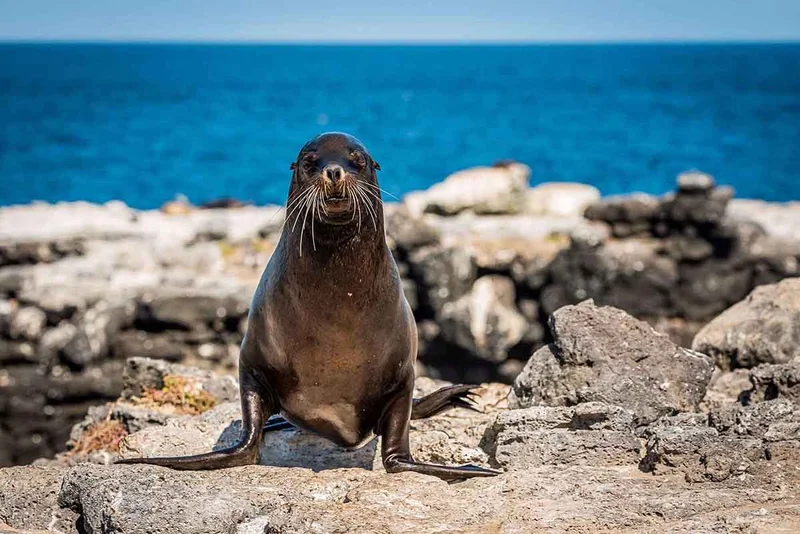
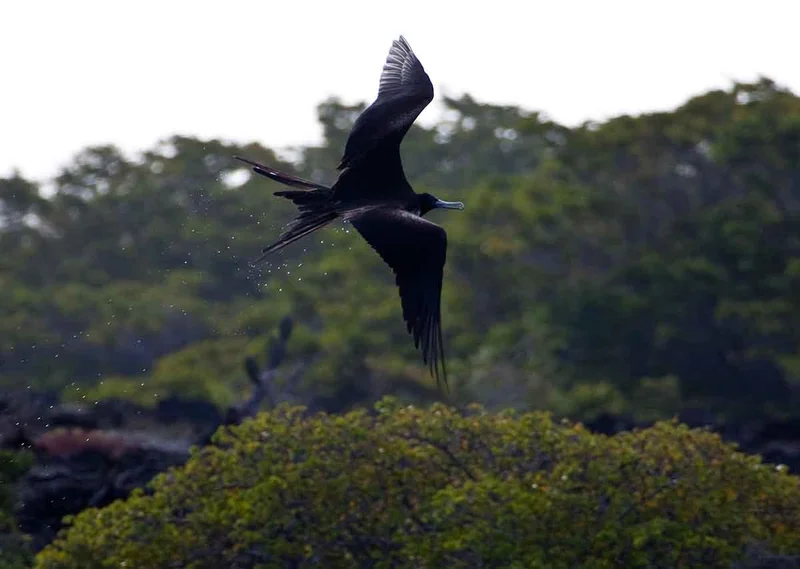
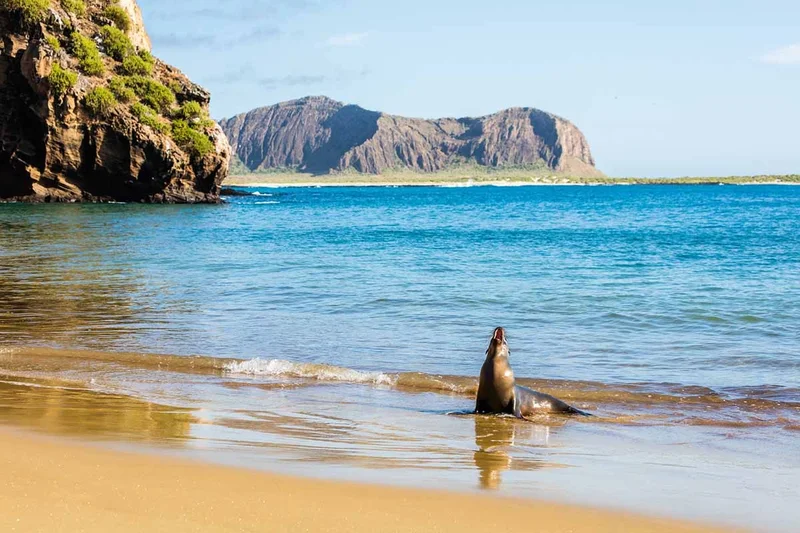
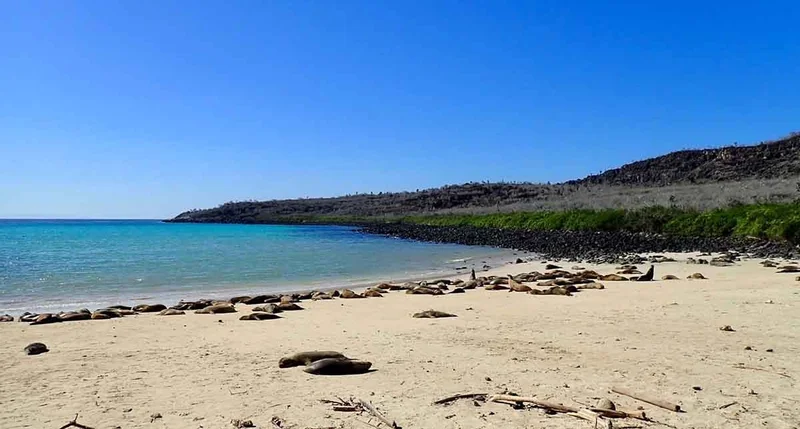
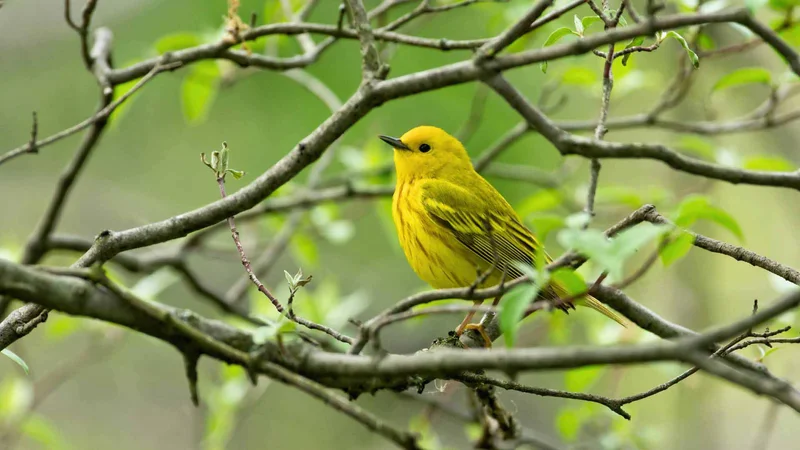
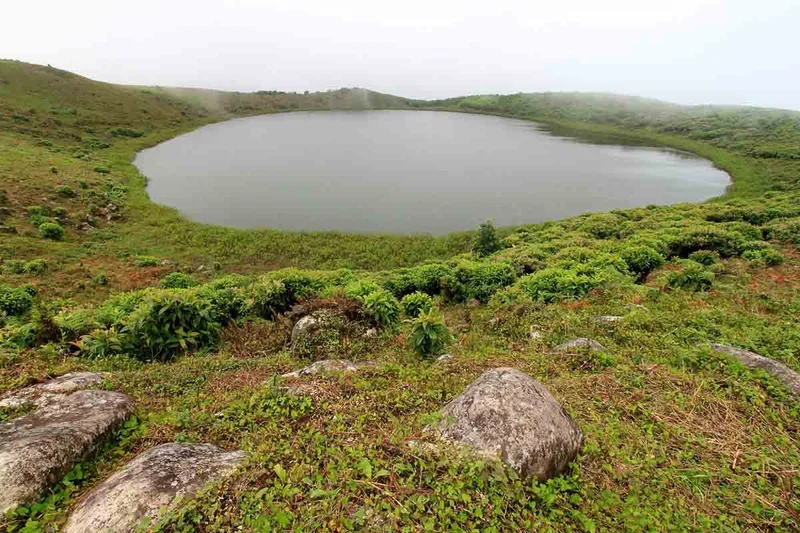
8 Day Galapagos Itinerary Includes
- Scheduled visits and activities with a professional bilingual guide
- All meals on board, some snacks, purified water, tea and coffee
- Accommodation in a standard cabin with private bathroom and air conditioning
- Snorkeling equipment (mask, lenses, fins), sea-kayaks
- Assistance at the Airport and 24/7 during the trip
8 Day Galapagos Itinerary Does not Include
- Air tickets to / from Galapagos from / to Quito, Guayaquil or combined route
- Entrance to the Galapagos National Park US $ 200 p.p. (cash in the Islands)
- Galapagos Control Card US $ 20 p.p. (at the airport before check-in)
- Wet-suits rental on board (in cash)
- Soft and alcoholic drinks on board; personal expenses, extras and tips guide and crew (cash)
- Travel insurance with medical, cancellation and other unforeseen coverage
- Other services in Continental Ecuador and not specified in the program
8 Day Galapagos Itinerary Highlights
- The best learning experience on every site with your licensed guide.
- Blue-footed Boobies, Land Iguanas and more at North Seymour.
- Encounter unique endemic species at Fernandina Island.
- Amazing birdwatching at Elizabeth Bay by panga ride.
- Hike in the largest volcano in the Archipelago, Sierra Negra.
- A conscious visit to a natural Tortoise Breeding Center on Isabela.
- A visit to Lobos Island to explore frigate bird and blue footed booby nesting sites
Itinerary Map
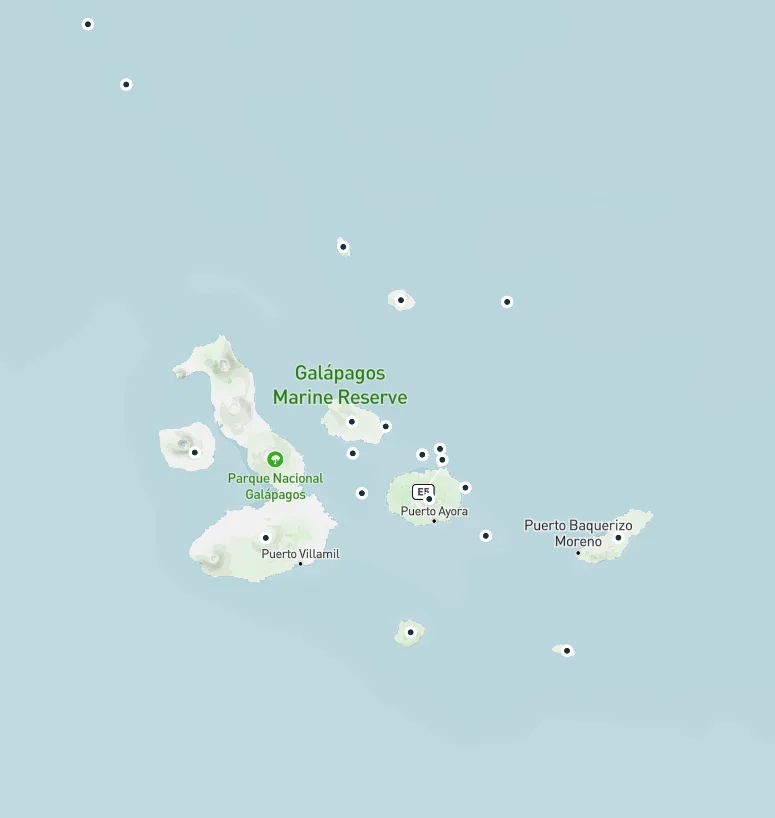
Reviews
Animals you might see on this itinerary:
More information about the Galapagos Islands you visit in this 8 day itinerary:
Why travel with us?
Similar Itineraries
